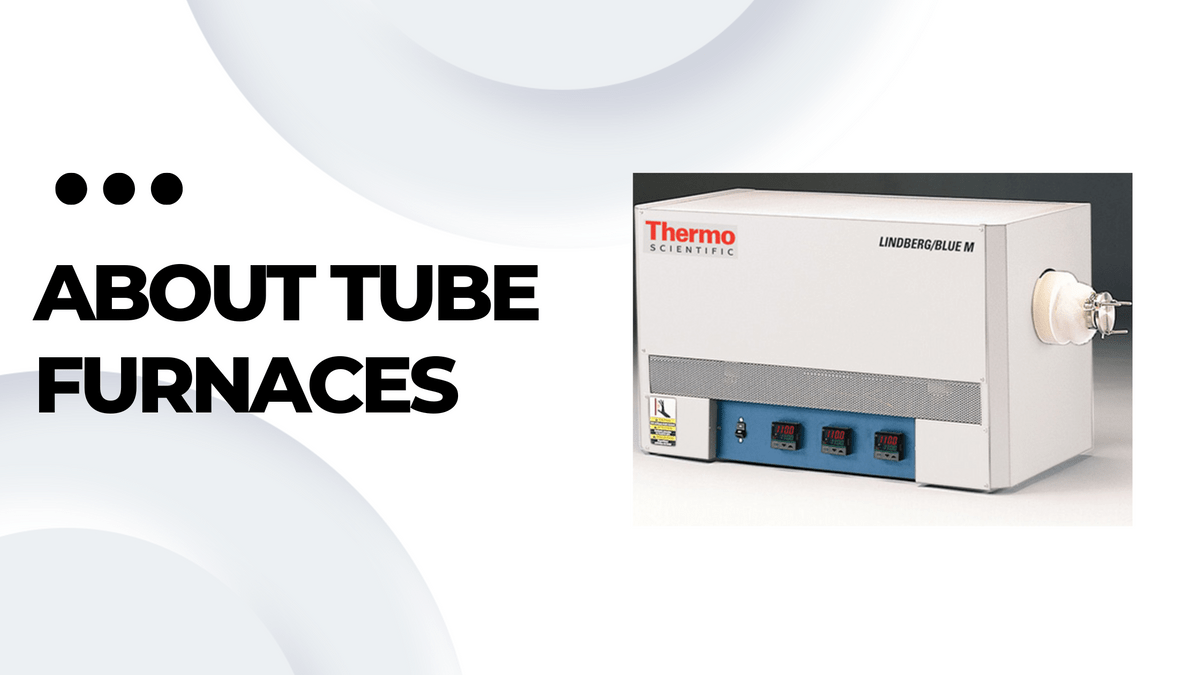
For many years, laboratories have included tube furnaces. Furnaces have undoubtedly improved in terms of efficiency and safety throughout the years. Given the flammability of many compounds, some of the earliest chemists to experiment with ultra-high temperatures were undoubtedly brave. However, even with the most cutting-edge techniques and tools available today, manufacturing and chemistry still use ultra-high temperatures. Our understanding of furnace applications has broadened along with the expansion and development of the industry.
Researchers and manufacturers handling relatively small-volume samples or low throughput activities have access to various thermal processing formats. Benchtop laboratory ovens often perform well at these scales, but in some applications, the geometry of the thermal processing chamber can be a constraint. The first cylindrical heating chambers were created due to early 20th-century research and development (R&D) into producing thin ceramic filaments. Since then, tube furnaces have become familiar on factory floors and materials labs worldwide.
What is a Tube Furnace?
The heating chamber is the titular part of a tube furnace. This consists of a spherical furnace wall constructed of high-temperature ceramic, either built from a single fully cylindrical element or two adjacent semi-cylindrical elements. The ceramic is embedded with refractory heating coils or ribbons to surround a core chamber with evenly spaced heaters. This architecture ensures the highest thermal uniformity level when processing both inorganic and organic compounds.
Applications of Tube Furnaces
Many thermal processes are carried out in tube furnaces, such as inorganic and organic purification, accelerated aging, annealing, coating, drying, and many more. They have established themselves as essential in various heat treatment markets. The unrivaled temperature uniformity that cylindrical heaters provide is the primary reason for using a tube furnace. A single-zone chamber's ability to consistently heat parts over 1000°C along a 360° axis make sure that the heat is distributed thoroughly across the part's entire cross-section. Because of this, tube furnaces are perfect for delicate thermal processing tasks like thermocouple calibration.
Multiple heating zones can also be added to tube furnaces to increase the instrument's processing power. This makes it possible to fine-tune thermal processing heat-up and cool-down phases using a fully-controllable temperature gradient. Additionally, it can restrict the highest temperatures to only a portion of a part, usually the center, leaving the ends free to be handled by additional machinery. This makes it possible to accurately characterize a material's mechanical properties at high temperatures, which is helpful in a variety of materials testing applications.
With decades of experience serving clients from different industries, such as healthcare, biotech, chemical production plants, etc., of bespoke laboratory equipment, we can reliably unite with you to fix any laboratory equipment-related challenges. If you would want to understand more about the various accessories and controls, we can create for our standard laboratory equipment range, please contact a Jade Scientific Inc. team member today.